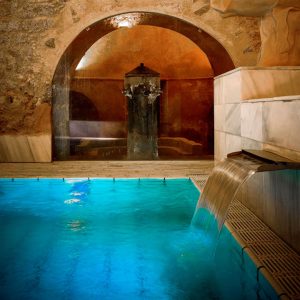Chesnut Basketry
Portada » Chesnut Basketry
The chestnut tree is the raw material we’ve used to give shape to our ideas whilst keeping the mountain intact for centuries. The chestnut forest has been and continues to be a source of livelihood for the inhabitants of this region, all the more reason we need to prioritise caring for it and protecting it. The chestnut wood used to make baskets has to be young, no more than 4-8 years old. When cut at a young age, the tree grows back stronger and healthier, with higher-quality shoots that promote rejuvenation and ensure preservation.
Chestnut basket weaving is a complex process. We work with chestnut trees from the forest, carefully tending to the wood that we will later use in our craft.
The basket-making process.
Heating
When the chestnut wood arrives in the workshop, it is heated in an oven or boiler in a process we call “caldear”. When heated in an oven, the chestnut bark is cooked in its own sap. Cooking in a boiler is easier because the bark is evenly covered with water. When the wood is heated it becomes more elastic and flexible, making it easier to work with.
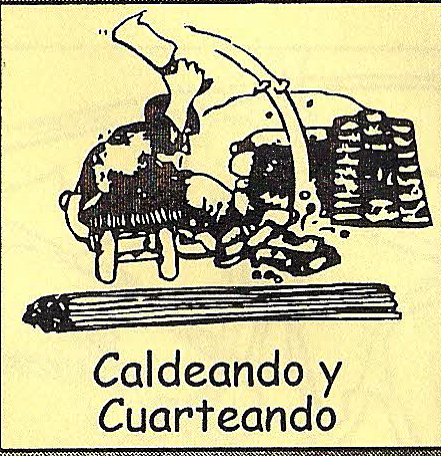
Splitting
This step involves splitting the chestnut wood, a task that requires dexterity as well as strength. Using a knife, the chestnut wood is carefully split along the natural grain until we obtain the right piece for the basket we intend to create. These strips are called “tejeduras” (weavers) and “costillas” (ribs). The ribs provide the structure and support for the piece, whilst the weavers are used to create the woven pattern.
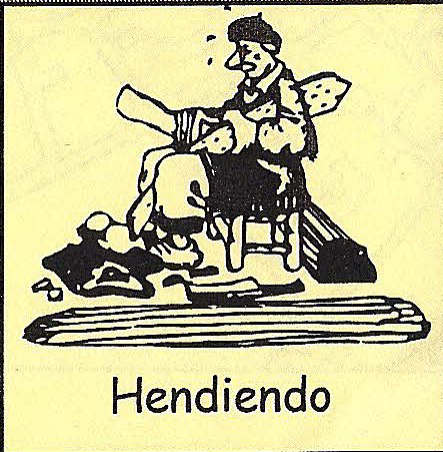
Shaving
This involves removing the rough edges from the wood (ribs or weavers). In the past, this was done using a tool called a “burro” (shaving horse). Nowadays, it’s done by a rudimentary machine.
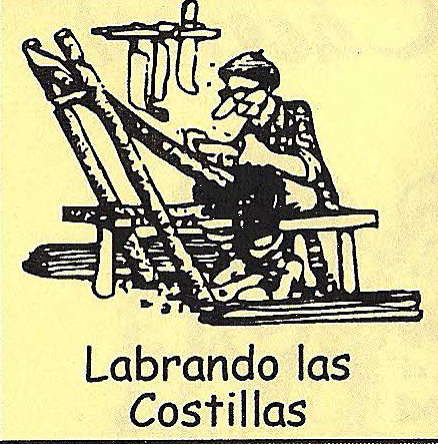
Creating the base
In this step, the base of the basket is created using the previously prepared ribs. The selected ribs must be strong so that the basket will be sturdy and resistant.
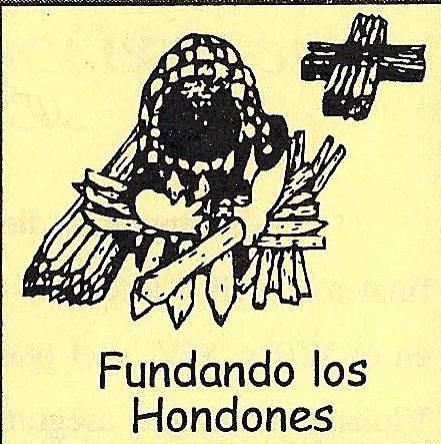
Weaving the basket
This is the step where the piece we are making begins to take shape. We begin weaving the basket on the ribs that were previously set up to form the base. To do so, we use the previously prepared weavers, which are usually more flexible. They need to be pliable in order to achieve the desired shape. Keep in mind that all the materials must be pliable and workable, and this can only be achieved by keeping them moist at all times.
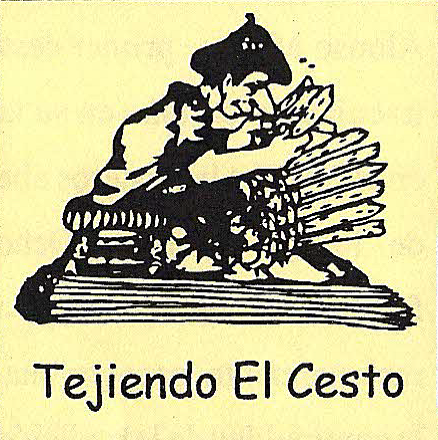
Finishing off the Basket
We’ve reached the end of the process: now for the finishing touch. This entails finishing off the edge of the basket. There are two different techniques that can be used: a) bending the ribs around a hoop that has been shaped beforehand, or b) fastening the edge with nails.
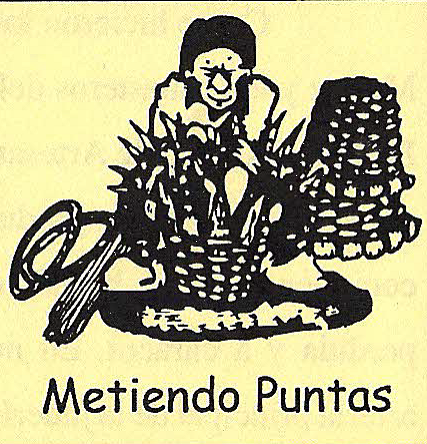
The finished product.
Here is one of the most original and traditional pieces we make: the cherry-picking basket. These baskets have been used since time immemorial for gathering the cherries that are so characteristic of this region.
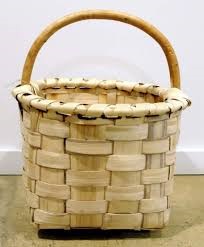
- Cestería Longinos - María José Gascón Rodríguez
- C/ Rabilero, 25 - 10700 Hervás (Cáceres)
- 670267302
Visit more posts of the Blog

How to Navigate the Reservoirs of Cáceres
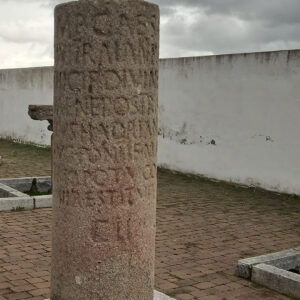
The Vía de la Plata Roman Road through the Caparra Mountains
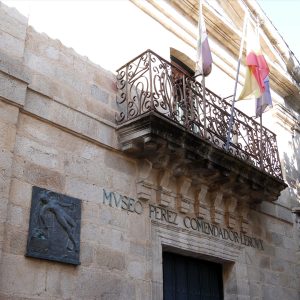
Perez Comendador-Leroux Museum
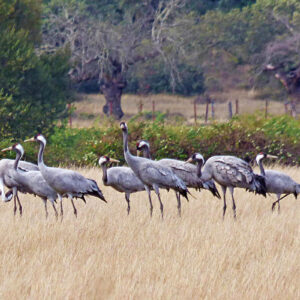
Diverse Birdlife in Ambroz-Cáparra

The Vía de la Plata Roman Road through Ambroz-Cáparra
